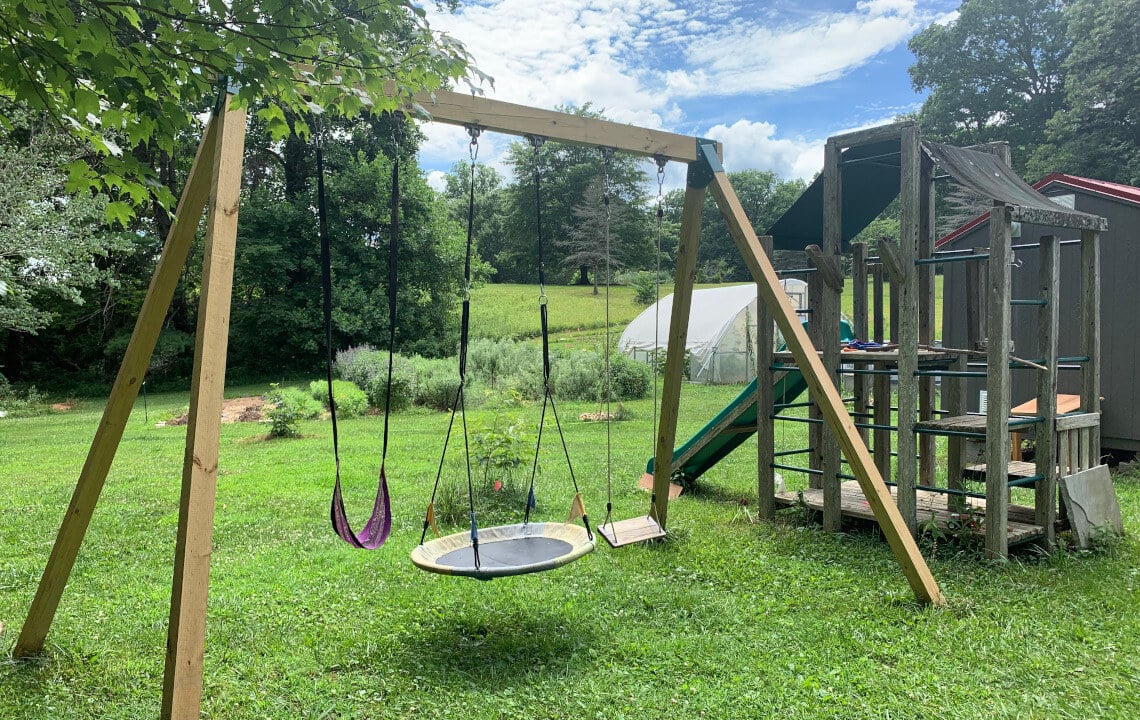In some rural places, the weather can vary significantly from the local weather report. Outdoorsman Jim Mize shares his favorite low-tech and high-tech weather gadgets to help dial in your local weather and optimize your outdoor pursuits.
You might think that with all the weather apps at your disposal, the evening weather report on the news and the ability to check the weather on your computer at any time, all the information you need is at your fingertips.
Depending upon your interests, you could be right. But I’ve found collecting local weather information to be both useful and entertaining. And the gadgets required to do so are relatively inexpensive.
Let me give you an example.
My cabin sits on the north side of a mountain in South Carolina at an elevation of 3,000 feet above sea level.
The mountains tend to trigger greater rainfall when a storm passes over. Also, the elevation falls rapidly as the road leads away from the cabin. The result is that my temperatures average 5-7 degrees colder than you would find just seven miles away. With the extra moisture that lands on the cabin, I tend to receive more rain and snow than the surrounding area.
By keeping my own data, I can extrapolate from the weather forecasts of surrounding cities just what is likely to land on me.
Also, some useful weather information is rarely discussed on the weather channels.
Barometers
My Dad was a believer in following the barometric pressure changes. He kept a barometer by his bed. Since we liked to fish and hunt, we often looked to the barometer for information about our upcoming trips.

For instance, a rising barometer tended to predict fair weather and active fish and wildlife. On the other hand, a falling barometer suggested a coming storm. Fishing tended to be good prior to the storm but could curtail drastically as the storm hit.
Dad’s old barometer looked like it could have come off a ship.
A needle moved across a chart on the front to show the current barometric pressure. He could also reset a marker on it each day to make it easier to see which direction the barometric pressure was moving.
Barometers today come in a myriad of styles, from the original liquid gauges to modern digital versions that can be read on a screen.
If you venture outdoors after fish or wild game, following the barometric data can become useful over time.

Temperature Tracking on Land and Stream
The most common weather data people follow is temperature. Temperatures can be helpful in many ways.
As mentioned earlier, I’m always interested in the temperature right outside my door, especially in the winter, as only a degree or two difference can determine whether I get rain, sleet, or snow.
Also, I’ve found that temperature data can be especially useful for fishermen.
I like to fish for trout in the mountains and carry a waterproof pocket thermometer to monitor both air and stream temperatures. I use the readings in several different ways.
For instance, when I fish in winter, an increase of a few degrees in cold water can cause the trout to become active.
I’ve had some fine fishing in December and January when snow was on the ground, and the stream experienced a slight warming spell during the day.
In the summer, trout can become stressed by warm water, so I use the thermometer to know when to quit and give the trout a break.
The stress of catching trout in warm water will often kill the fish even though they appear to swim away.
Trout Unlimited advises that water temperatures between 65-68 degrees F. are marginal for trout. Above 68 degrees, they advise leaving the trout alone until the waters cool.
This temperature information needs to be both local and real-time.

Temperature readings from the stream are so useful that I record this information from every trip and include it in my fishing log afterward. Over the years, this information has changed the times of day I try to fish, as well as the frequency and locations in certain seasons.
Waterproof thermometers are readily available from fly shops and online fishing-supply sites.
For the cabin, I rely on a wireless thermometer that uses a small screen indoors along with an outside sensor that sends the signal.
Rain Gauges
As mentioned earlier, my cabin location, relative to the mountain it sits on, receives more rain than many surrounding areas. I know this because I have a rain gauge by my porch. It’s a simple tube on a rack that measures rainfall up to five inches.
One helpful thing I’ve learned by watching my rain gauge is how much water it takes to make the local streams unsafe to fish.
In the mountains near my cabin, an inch of rainfall translates into approximately a foot rise in the river by the time the water flows down the mountainsides to the stream.
I’ve learned how much of an increase I can manage and still safely wade. So, by looking at my gauge, I can judge the impact of rainfall on the stream.

A few years ago, Tropical Storm Fred came through and dropped about twelve inches of rain locally. It did translate into a twelve-foot rise in the local stream with the sort of flooding impact you would expect. Normally, rainfall much over an inch will give me a good reason to stay off the water.
By tracking local rain data at your house, you will find that rainfall varies over relatively small areas. A cloudburst at your house can flood a nearby creek when others receive considerably less rain.
If you decide to run your own weather station, devices are now available to give you all this information plus more in one unit. Weather stations can provide wind speed and direction, temperature, humidity and rainfall all in one tool.

At the end of the day, general weather reports can be useful, but what really matters is the weather where you are and how it affects your surroundings. By using just a few weather gadgets, you can collect the data you need to do just that.

























